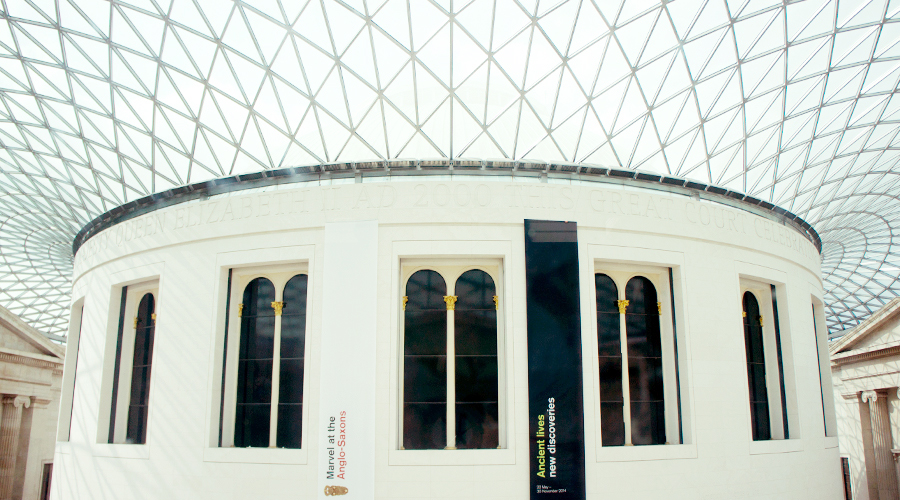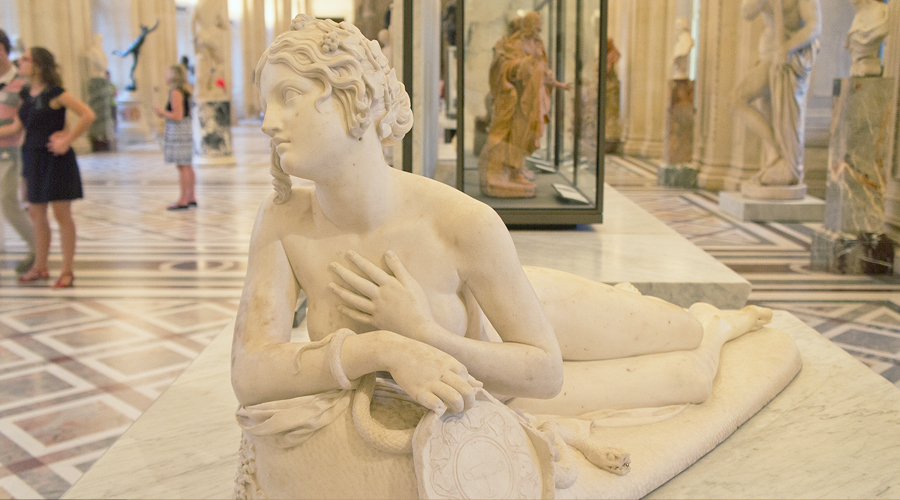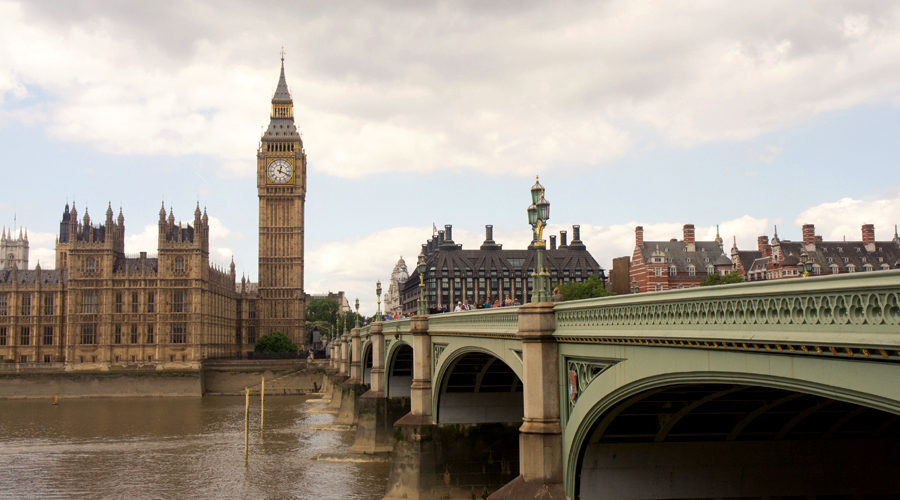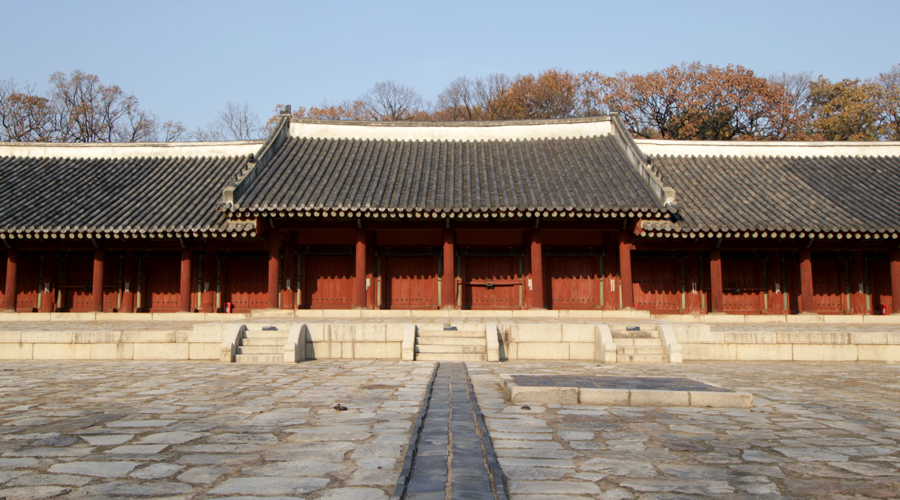
Jong-myo Shrine is an important part of Korean history, but not necessarily a hot spot that is recommended to tourists. This sounds a bit contradictory, so let me break it down for you. Jong-myo Shrine is not just a shrine of the past, it’s a shrine of the present. Every year the traditional ceremony and ancestral rites are performed at the shrine, even though Korea no longer has a monarchy. Korea is the only country that was based on Confucianism that still observes this tradition, so the Jong-myo Je-rye ceremony is part of the UNESCO World Heritage list.
Now this is all very impressive, but it also means that there are people who still believe that the spirits of their ancestors come to stay in designated tablets that are placed inside the shrine. As this calls for a great deal of respect and preservation, the interior of the Jeong-jeon building and the Yeong-nyeong-jeon building are only open during the ceremony. This means that you will only be able to see the exterior of the most important buildings within the Jong-myo shrine. That being said, there are still a few reasons that Jong-myo can be a worthwhile visit.
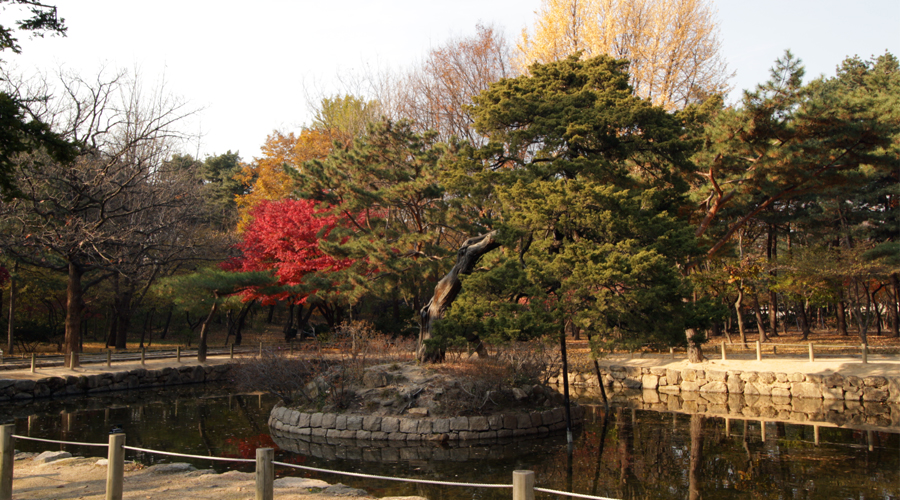
If you don’t have time to walk through Chang-deok-gung and the secret garden, you can get a “taster version” of the pond at Jong-myo shrine. The first thing I noticed was that the water inside the pond was much cleaner in comparison to the Bu-yong-ji pond at Chang-deok-gung. It’s really a shame that the groundwater reservoir has dried out at Chang-deok-gung, but I was glad that I was able to get an idea of what it was supposed to look like at the Jong-myo shrine. The pond is the shape of a square to represent earth, and the island is a circular shape to symbolize the sky.
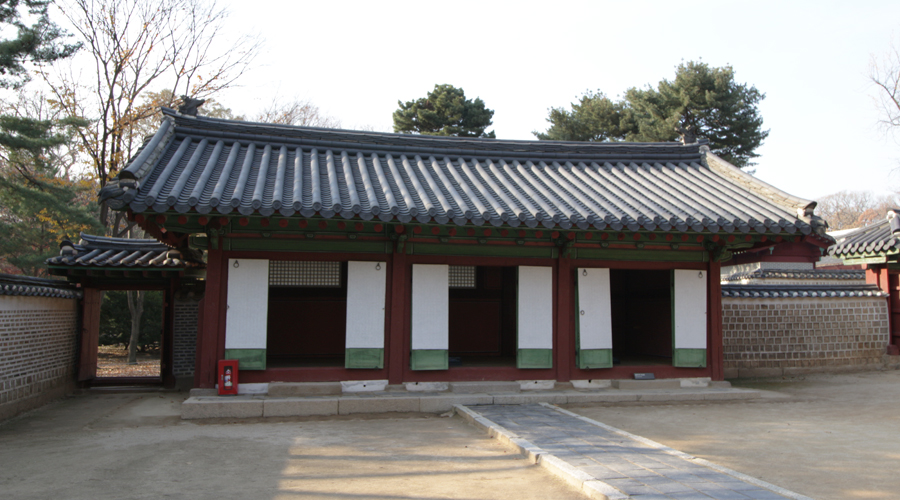
The architecture will be noticeably simple in comparison to the structures in the palaces. This is because Jong-myo is a shrine and meant to be solemn and sacred; hence the minimal decor.
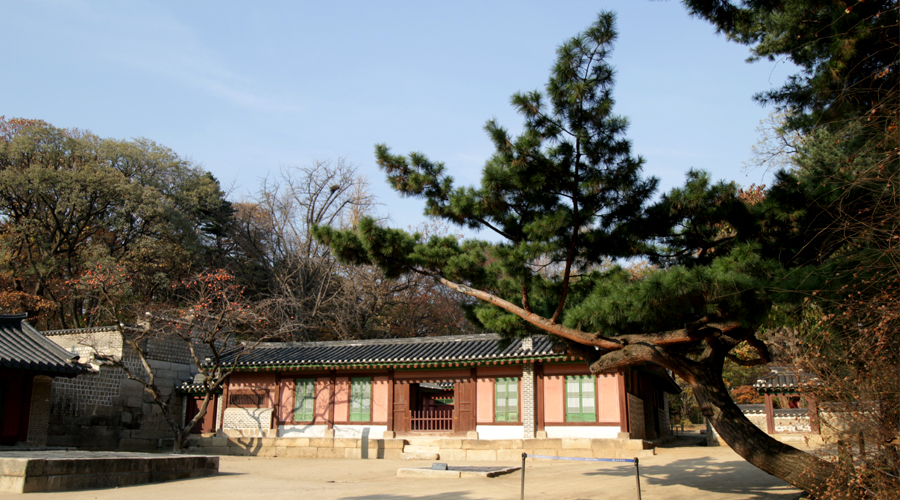
This building was where the food was prepared to be offered during the ancestral rites. Livestock were examined to make sure only the best quality food would be served to the ancestors. As soon as the food was prepared it was wrapped to protect the food from dust before the ceremonies began.
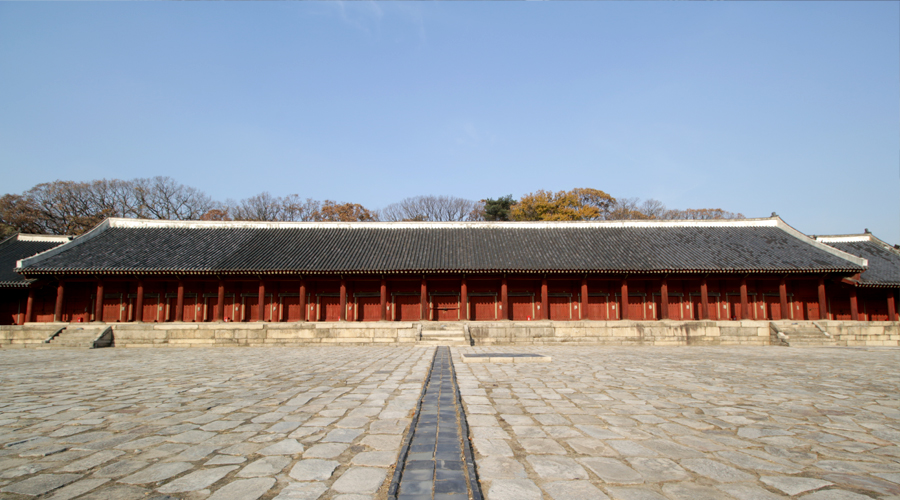
The black road in the center is a walkway for the spirits. Even today, visitors are asked not to walk on the spirit pathway to show respect and maintain the traditions of the Jong-myo shrine.
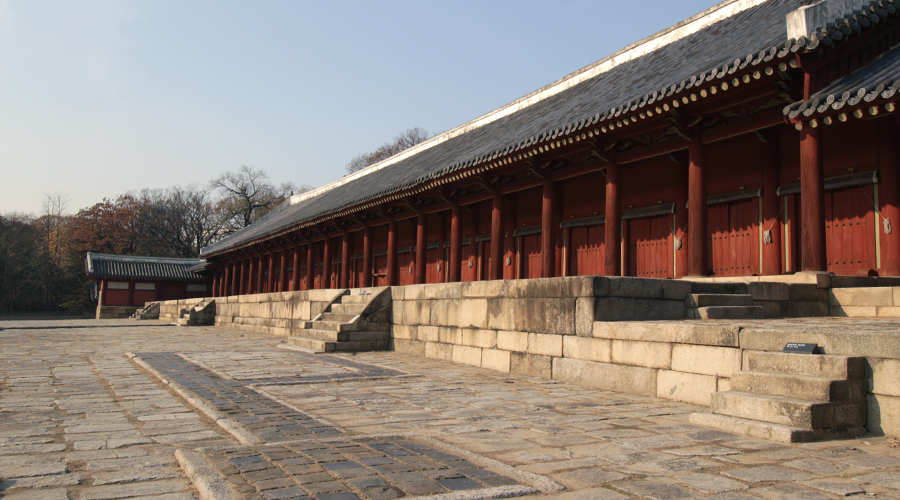
This is the Jeong-jeon shrine in which 83 spirit tablets of the kings and queens that lived during the Jo-sun dynasty, including the spirit tablet of the first king of the Jo-sun dynasty. The Jong-myo Je-rye ceremonies were considered so important during the Jo-sun dynasty that the kings would participate in the rituals. The Jong-myo Je-rye was held at least five times a year and more in the case of important events or natural disasters.
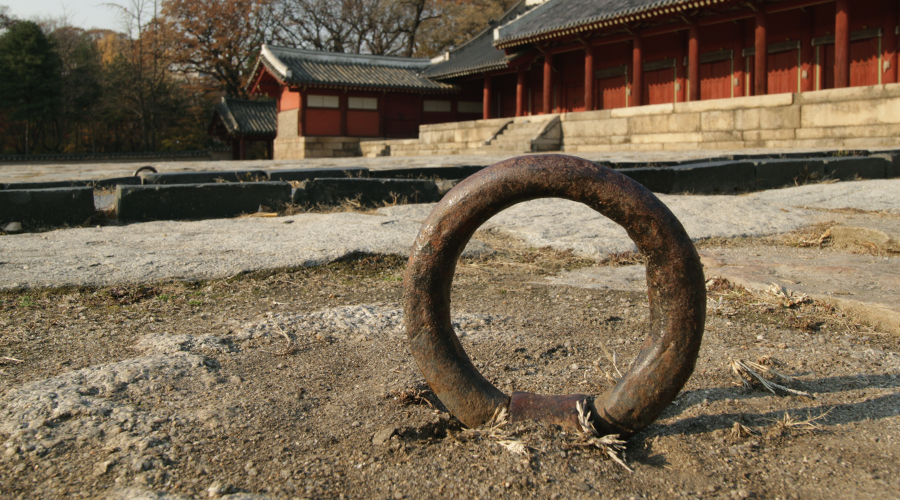
I forgot what this ring was for, but in the other palaces I think I remember hearing that it was used to tie down canopies. I’ll have to double-check to be certain..
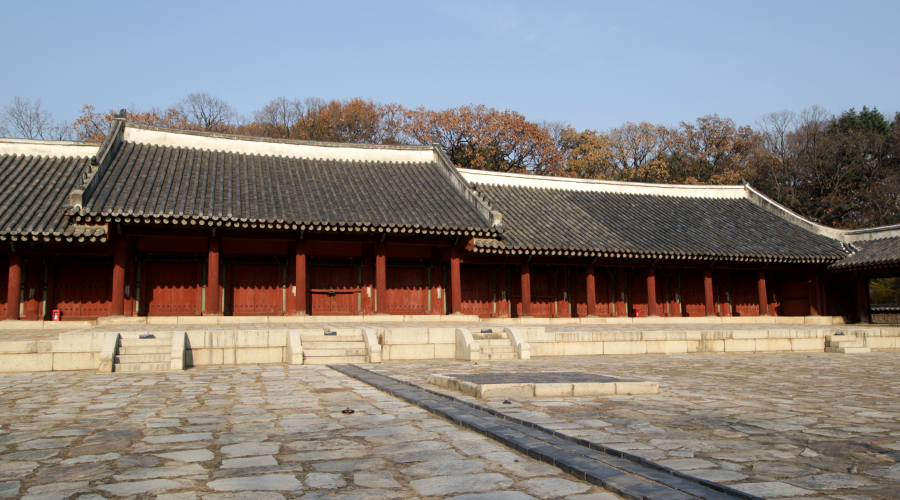
This is the Yeong-nyeong-jeon shrine that was built once the Jeong-jeon shrine was full. There are 34 spirit tablets inside this shrine. During the Jo-sun dynasty the spirit tablets were of such importance that when Kings fled the palace during an invasion by Japan they packed up all the spirit tablets to preserve them. The word ‘Jong-myo-Sah-jik’ are two words, the Jong-myo shrine and Sah-jik which was another ceremony for the gods of earth and grains. They used this combined word ‘Jong-myo-Sah-jik’ to refer to the Jo-sun dynasty as a whole. So you can get a feel for how important this shrine and ceremony was for the Koreans that lived during the Jo-sun dynasty.
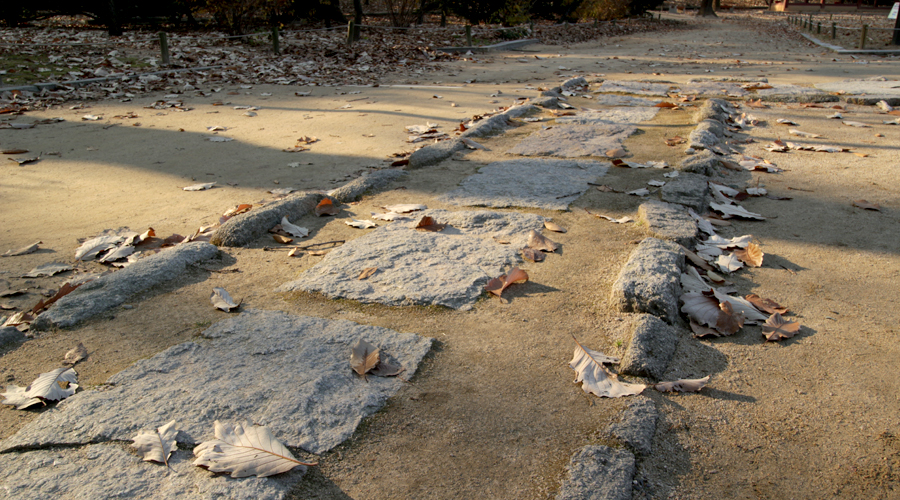
It was a peculiar experience being asked to stay off a path designated for spirits. I had never had this experience anywhere else in Korea. My family does not observe ancestral rites at home, but there are plenty of families in Korea that still observe ancestral rites during the holidays. I hadn’t realized that the ancestral rites of the Jo-sun dynasty were still carried out, so it was interesting to learn about the tradition during the Jong-myo tour. It lasted briefly for about an hour and the Jeong-jeon shrine and Yeong-nyeong-jeon shrine were kept closed; which is why I only have photos of the exterior. If you’re curious what’s inside the shrines and what the Jong-myo Je-rye ceremony looks like, I found a YouTube video of the ceremony here. Unfortunately, it doesn’t come with subtitles, but if there’s a part you’re really curious about let me know in the comments below and I’ll explain it for you.
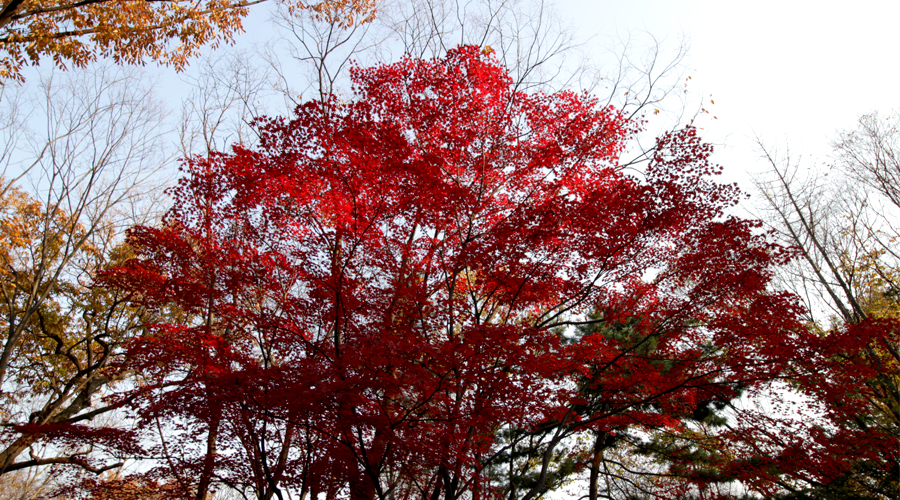
If you’re visiting Korea during the first Sunday of May, you could opt to see the ceremony that is held once a year. Otherwise, I would only recommend Jong-myo if you’re really interested in the Korean culture, or have enough time to see the four palaces and the shrine. What traditions do you observe in your country?

